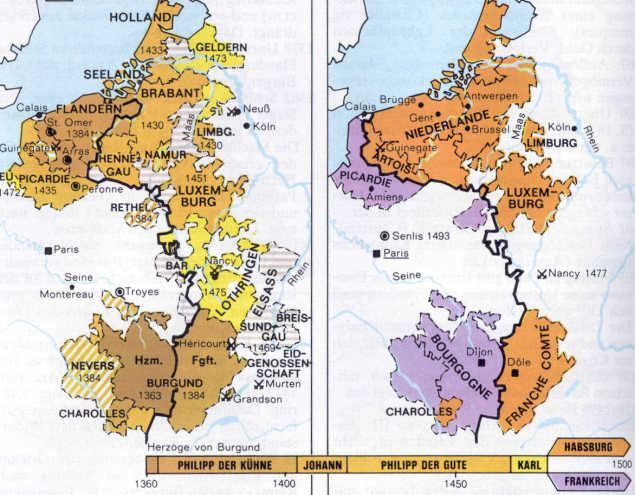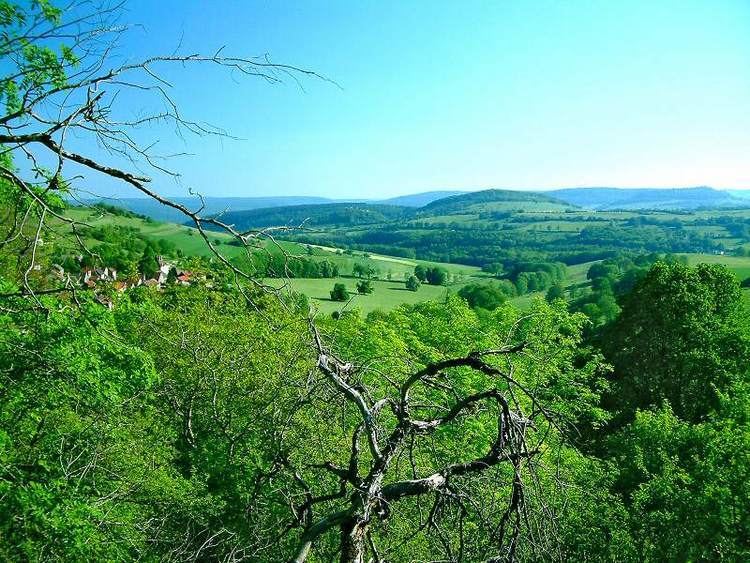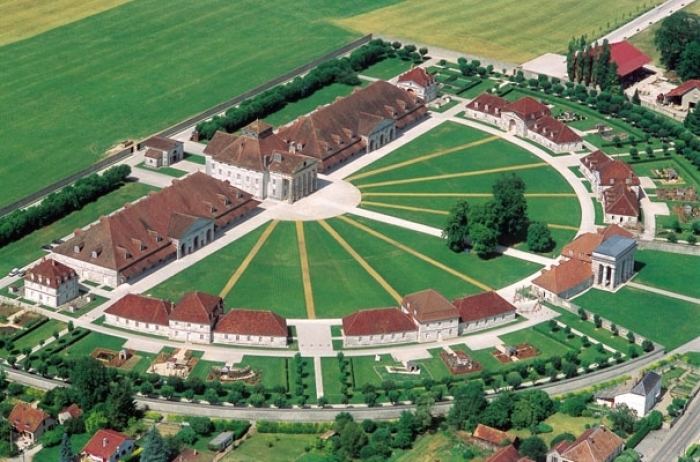Country France Area 31,582 km2 | Capital Dijon | |
 | ||
Colleges and Universities University of Burgundy Destinations Dijon, Beaune, Mâcon, Chalon-sur-Saône, Chablis Points of interest Abbey of Fontenay, Cluny Abbey, Vézelay Abbey, Guédelon Castle, Musée des Beaux-Arts de Dijon | ||
Population 1.644 million (Jan 1, 2013) Similar Bourgogne Franche Comté, Dijon, Beaune | ||
Map of Burgundy
Burgundy (French: Bourgogne, [buʁɡɔɲ]) is a historical territory and a former administrative region of France. It takes its name from the Burgundians, an East Germanic people who moved westwards beyond the Rhine during the late Roman period. Historically, "Burgundy" has referred to numerous political entities, including kingdoms and duchies spanning territory from the Mediterranean to the Low Countries. Beginning 1 January 2016, the name Burgundy refers to a specific French political entity that is part of the new administrative region of Bourgogne-Franche-Comté, an entity comprising four departments, Côte-d'Or, Saône-et-Loire, Yonne, and Nièvre.
Contents
- Map of Burgundy
- Destinations nivre en bourgogne pisode 8 le sud morvan sources et bientre
- Food of bourgogne france
- History
- Geography
- Climate
- Politics
- Culture and livelihoods
- References

Destinations nivre en bourgogne pisode 8 le sud morvan sources et bientre
Food of bourgogne france
History

The first recorded inhabitants of the area that became Burgundy were Celts, who were incorporated in the Roman Empire as Gallo-Romans.

During the 4th century, the Burgundians, a Germanic people, who may have originated in Bornholm (on the Baltic Sea), settled in the western Alps. They founded the Kingdom of the Burgundians, which was conquered in the 6th century by another Germanic tribe, the Franks.

Under Frankish dominion, the Kingdom of Burgundy continued for several centuries.

Later, the region was divided between the Duchy of Burgundy (to the west) and the Free County of Burgundy (to the east). The Duchy of Burgundy is the better-known of the two, later becoming the French province of Burgundy, while the County of Burgundy became the French province of Franche-Comté, literally meaning free county.
Burgundy's modern existence is rooted in the dissolution of the Frankish Empire. In the 880s, there were four Burgundies, which were the Kingdom of Upper and Lower Burgundy, the duchy and the county.
During the Middle Ages, Burgundy was the seat of some of the most important Western churches and monasteries, among them Cluny, Cîteaux, and Vézelay.
During the Hundred Years' War, King John II of France gave the duchy to his youngest son, Philip the Bold. The duchy soon became a major rival to the crown. The court in Dijon outshone the French court both economically and culturally. In 1477, at the battle of Nancy during the Burgundian Wars, the last duke Charles the Bold was killed in battle, and the Duchy itself was annexed by France and became a province. However the northern part of the empire was taken by the Austrian Habsburgs.
With the French Revolution in the end of the 18th century, the administrative units of the provinces disappeared, but were reconstituted as regions during the Fifth Republic in the 1970s. The modern-day administrative region comprises most of the former duchy.
Geography
As of he region of Burgundy is both larger than the old Duchy of Burgundy and smaller than the area ruled by the Dukes of Burgundy, from the modern Netherlands to the border of Auvergne. Today, Burgundy is made up of the old provinces:
Climate
The climate of this region is essentially oceanic (Cfb in Köppen classification), with a continental influence (sometimes called a "half-continental climate").
Politics
The regional council of Burgundy is the legislative assembly. The council has been chaired by the Socialist François Patriat since 2004. The council's seat is in the capital city Dijon, at 17 boulevard de la Trémouille.
Culture and livelihoods
Burgundy is one of France's main wine producing areas. It is well known for both its red and white wines, mostly made from Pinot noir and Chardonnay grapes, respectively, although other grape varieties can be found, including Gamay, Aligote, Pinot blanc, and Sauvignon blanc. The region is divided into the Côte-d'Or, where the most expensive and prized Burgundies are found, and Beaujolais, Chablis, the Côte Chalonnaise and Mâcon. The reputation and quality of the top wines, together with the fact that they are often produced in small quantities, has led to high demand and high prices, with some Burgundies ranking among the most expensive wines in the world.
With regard to cuisine, the region is famous for the Burgundian dishes coq au vin, beef bourguignon, and époisses de Bourgogne cheese.
Tourist sites of Burgundy include the Rock of Solutré, the Tournus cathedral, Cluny, Brancion, the castles of Cormatin and Couches, the palace of the dukes of Burgundy in Dijon, the Pézanin Arboretum (in Dompierre-les-Ormes), and Vézelay Abbey.
Earlier, the southeastern part of Burgundy was heavily industrial, with coal mines near Montceau-les-Mines and iron foundries and crystal works in Le Creusot. These industries declined in the second half of the twentieth century, and Le Creusot has tried to reinvent itself as a tourist town.
